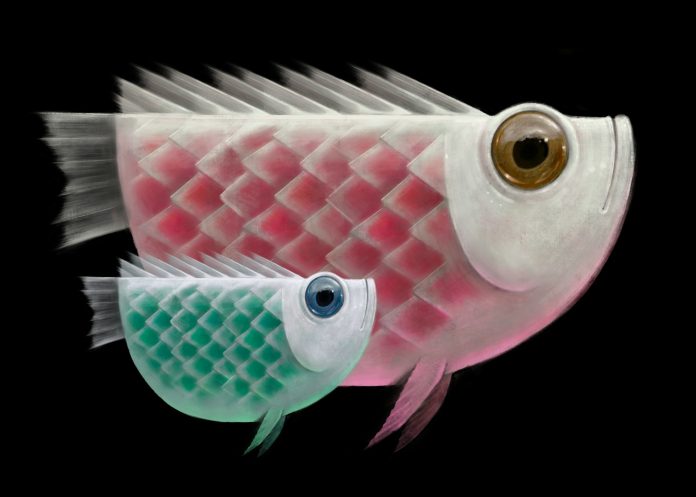
Underwater robots called gliders are often used to explore the ocean, collecting important data like water temperature, salt levels, and information about currents.
These gliders usually look like torpedoes—long and tube-shaped—because that shape is easy to design and works fairly well in water.
But the natural world is filled with many more shapes. Sea creatures like fish, seals, and manta rays all move through water in different ways, often more efficiently than man-made machines.
Now, a team of researchers from MIT and the University of Wisconsin-Madison has developed a new way to create underwater gliders using artificial intelligence (AI).
Their method, which uses machine learning and 3D simulation, allows the computer to design gliders in all sorts of creative shapes—some even inspired by marine animals.
The project was shared on the arXiv preprint server and will be presented at a major robotics conference.
The scientists started by feeding their AI system 3D models of traditional underwater shapes—like submarines, sharks, and manta rays.
Then, they altered these shapes using something called “deformation cages,” which allowed the researchers to stretch and bend the shapes in new ways. This gave them a huge variety of designs, many of which humans would never think to create.
Once the shapes were generated, the AI tested how each one would move through water at different angles. These “angles of attack” show how the glider would tilt or glide, just like how a swimmer might dive downward to reach something at the bottom of a pool.
The goal was to find the best “lift-to-drag ratio”—a measurement of how well a glider can move forward without being slowed down too much by water resistance.
Using this system, the team created several new glider designs, including a two-winged version that looks like a mini airplane and a four-finned version that resembles a flat fish. The best-performing shapes were then 3D printed and tested both in air (in MIT’s wind tunnel) and in water (in a swimming pool).
The new designs outperformed traditional torpedo-shaped gliders, traveling farther while using less energy—just like marine animals do in the wild.
To bring their simulations closer to real-life conditions, the researchers built the gliders with lightweight, hollow shells that could fill with water. Inside, they installed small pumps, electronics, and tools to control the gliders’ tilt. These underwater tests showed that the AI-generated gliders could move more smoothly and efficiently than existing models.
The researchers hope to make this design process even faster and more accurate in the future. They also plan to explore thinner and more flexible shapes, and eventually build underwater robots that can respond to changing ocean conditions in real time.
By learning from nature and using the power of AI, scientists are creating a new generation of underwater explorers—smarter, faster, and better equipped to help us understand the ocean.



